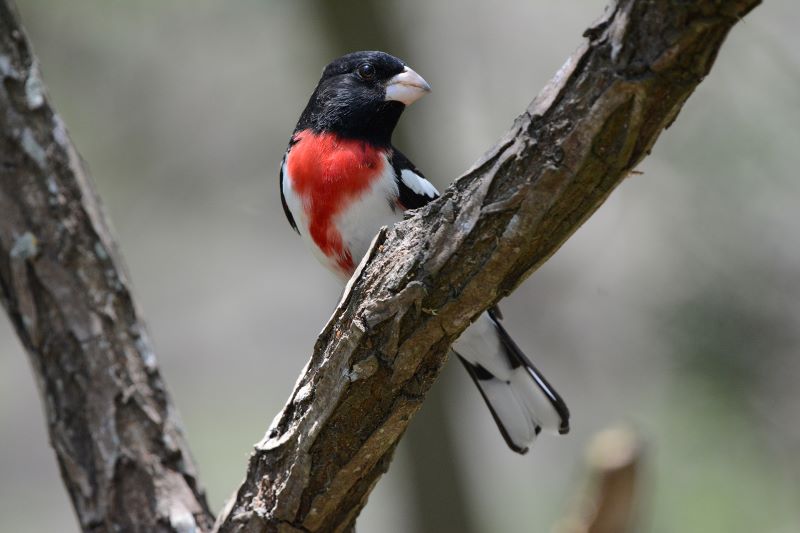Nearly 1,000 birds were killed Oct. 4-5 when they collided with an illuminated glass building in Chicago. Though mass fatalities of this magnitude are rare, light pollution poses a serious – and growing – threat to migrating birds.
In the largest study of its kind, published in Nature Communications, scientists used weather radar data to map bird stopover density in the United States and found that artificial light is a top indicator of where birds will land. City lights lure birds into what can be an ecological trap, said lead author Kyle Horton, an assistant professor in Colorado State University’s Department of Fish, Wildlife and Conservation Biology.
Buildings that lead to collisions, less habitat, scarcer food and more people and cats can make cities less-than-ideal rest stops for migrating birds. Urban parks can be decent stopover sites, but birds that rest there might need to compete over limited resources.
Migration is a risky and exhausting time in a bird's life. Birds migrate hundreds to thousands of miles – sometimes burning half their body mass along the way. Finding a good place to rest and refuel is critical for migrating birds to survive and thrive once they reach their destination.
"These stopover locations are the fueling stations,” Horton said. “If you're on a cross-country trip and there's no fueling stations, then you're stranded. If they don't have a good spot to rebuild energy supplies, migration can't happen."
The study provides the first continent-wide maps of migration stopover hotspots in the contiguous United States, and knowing these broadscale layover patterns can help in the development of conservation plans.
“Cities pose multiple risks to migrating birds,” said co-author and Michigan State University Professor of Geography Geoff Henebry. “They also offer resources for the tired birds to rest and refuel. Our study is notable in that it combines big data – and a lot of processing – from the weather surveillance radar network with big data from multiple spaceborne sensors to address key questions regarding the influence of urban areas on bird migration.”
The study pairs more than 10 million radar observations with landscape and other place-based information to try to explain why birds choose to rest where they do. Out of 49 predictors, light pollution was the No. 2 predictor of stopover density.
The top predictor was elevation, which provides context for where birds are flying but doesn’t explain why they are flying there. The patterns created by migrating birds that are picked up by radar tend to follow coastlines or a particular elevation. Light pollution is the top predictor of human influence on bird migration.
To read more, go to geo.msu.edu.
